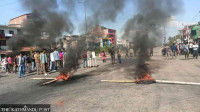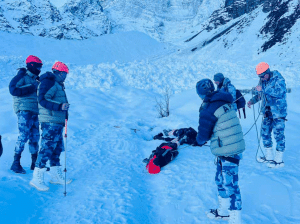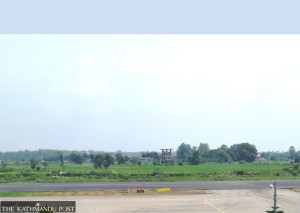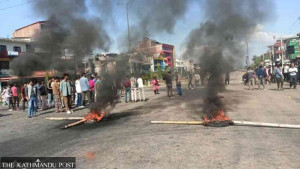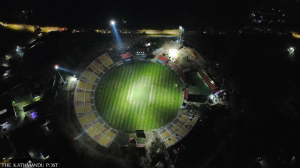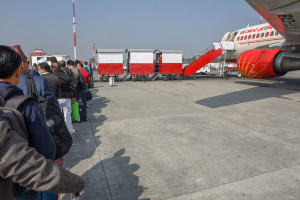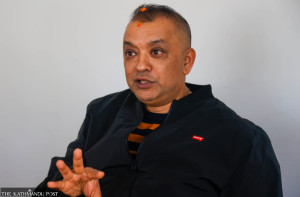National
Babai Irrigation Project brings water to over 27,000 hectares
The national pride project aims to expand irrigation coverage to 36,000 hectares by fiscal year 2025-26.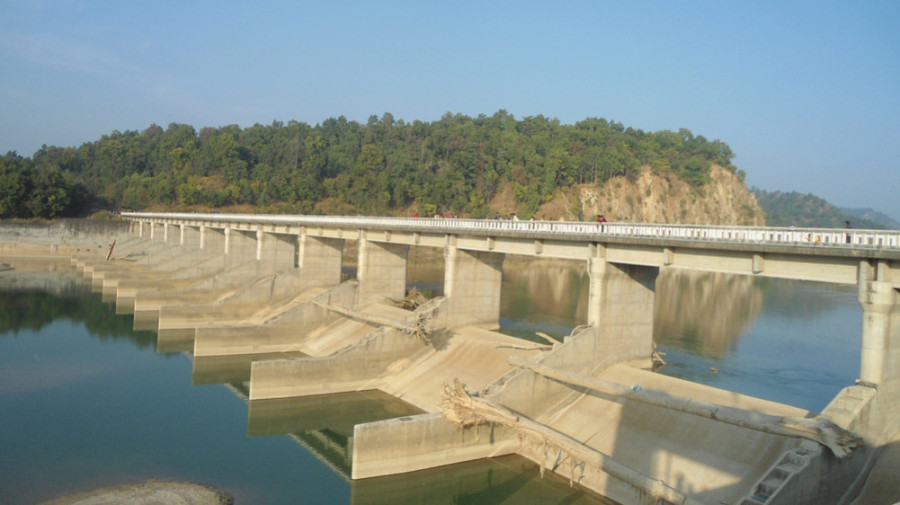
Kamal Panthi
The Babai Irrigation Project, one of Nepal’s national pride initiatives, has provided irrigation facilities to more than 27,300 hectares of farmland, according to project officials.
The long-delayed scheme, which began construction 35 years ago, is now targeting completion by fiscal year 2025-26.
So far, the project has completed 34.5 kilometres of the eastern main canal and 31.6 kilometres of the western main canal, along with 321.5 kilometres of branch and sub-branch canals. It has also acquired 386.79 hectares of land for construction and completed both the head box and siphon structures.
In fiscal year 2024-25 alone, the project achieved 99.84 percent physical progress and 99.70 percent financial progress, spending Rs2.37 billion. Since its inception, Rs18.96 billion has been allocated, with Rs15.47 billion already spent.
Project chief Sushil Devkota said overall physical progress stands at 82.27 percent and financial progress at 81.58 percent.
The scheme aims to irrigate 21,000 hectares of land on the eastern side and 15,000 hectares on the western side. Work is progressing rapidly in Gulariya Municipality, where irrigation facilities are expected to cover 9,000 hectares.
“As compensation has already been provided and land disputes resolved, construction of canals in Gulariya is moving ahead swiftly,” Devkota said. “Once this section is completed, the entire project will be finished.”
The project has faced repeated delays due to natural disasters and external shocks. A devastating flood in 2014 washed away parts of the infrastructure, while the 2015 earthquake and the Covid-19 pandemic further slowed progress. The initial target was to complete construction by 2018, but problems related to land acquisition, floods, and border blockades forced the government to extend the deadline.
Farmers in the region, however, are optimistic as canal construction accelerates. “We are happy that irrigation is finally reaching our fields,” said Nirankar Yadav, a farmer from Gulariya-3. “But the government must also complete the Bheri-Babai Diversion to ensure year-round water supply, as the Babai river alone cannot meet demand during the dry months.”
According to the project office, irrigation in the Babai plains requires 60 cubic metres of water per second. While the Babai river provides adequate water during the monsoon, it dries up in winter.
Once the Bheri-Babai Diversion Multipurpose Project is completed, farmers are expected to have access to sufficient irrigation throughout the year.
The fertile lands of Bardiya are known for high yields of paddy, wheat, and mustard. For decades, however, farmers have had to rely on rainfall or pumping sets for cultivation.
With the Babai Irrigation Project nearing completion, authorities say the scheme will significantly boost agricultural productivity and improve food security in the region.




 20.12°C Kathmandu
20.12°C Kathmandu



